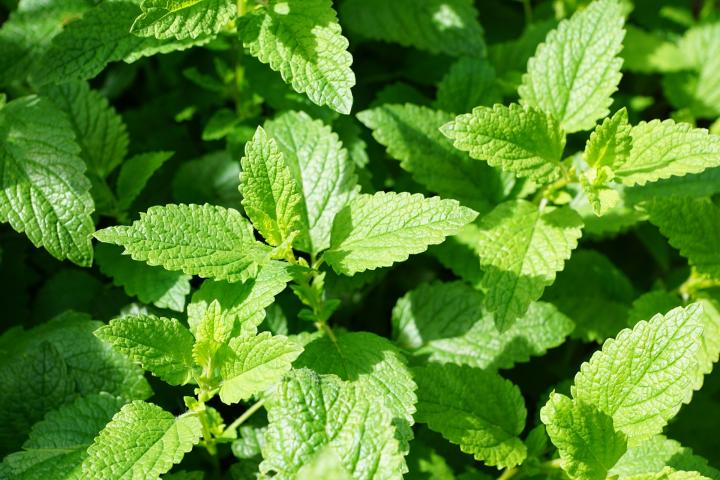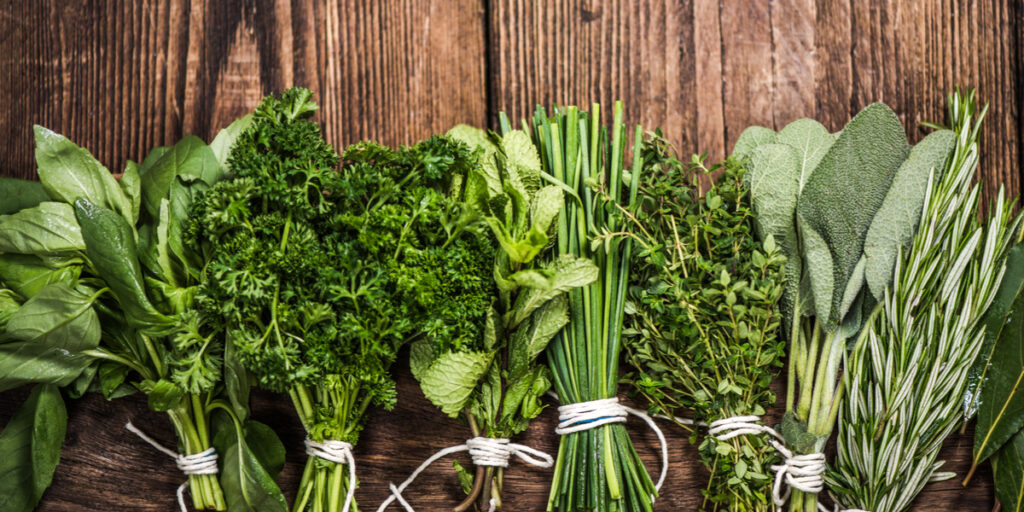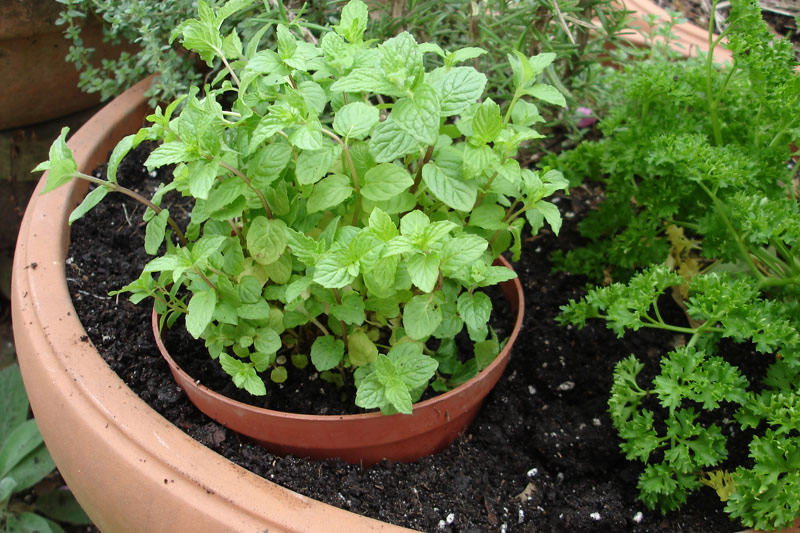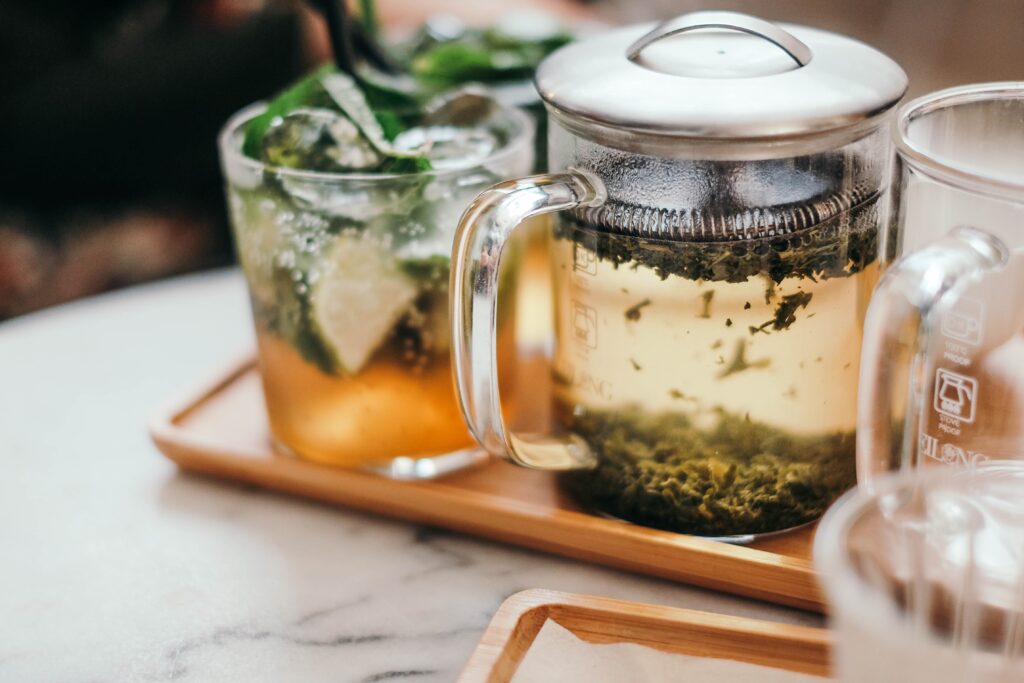Learn to grow microgreens at home, join Grow It Local +
Learn > How To
How to Grow Mint

If there’s one herb you can always rely on, it’s mint. Mint is perhaps the easiest and most useful herb to include in your garden. It’s low maintenance, grows quickly and is multi-purpose thanks to its fragrant and medicinal properties… and all-rounder in the interest of growing local! Before you go wild though, it’s important to note that if left to its own devices, Mint can and will take over your garden! Our suggestion? Follow this simple guide to growing mint and you’ll be happily sipping away on a garden-fresh mint mojito in no time.

Varieties
Not all mint is the same and there are many different varieties to choose from. From the classic peppermint to chocolate mint, here are a few of our favourites:
Peppermint: Peppermint is perhaps the most common form of mint, it’s a versatile variety that’s used in everything from tea to toothpaste. It’s ideal for making tea because of it’s intense flavour – awakening and refreshing.
Spearmint: Another common mint that’s often used in chewing gum, spearmint is more mellow in flavour than peppermint, making it more suitable for adding to food and drinks.
Chocolate mint: A mint that tastes like chocolate? You guessed it! This variety has a subtley sweet chocolate taste and it’s ideal for adding to drinks or as a garnish for certain dishes and desserts.
Apple mint: Apple mint looks slightly different to its cousins with soft, woolly leaves. It’s actually named it’s fresh apple-like aroma, making it perfect for infusing in water or adding to drinks.
Grapefruit mint: With a more citrus-like fragrance, grapefruit mint bring an element of tanginess to the table.
How and when to plant mint?
You can easily buy mint seedlings which will grow happily as a small house plant but you’ll also find grown mint plants in many markets and garden shops. Just re-pot them in your home or garden.
If you’re based in a temperate climate of Australia you’ll want to sow the seeds indoors between August and September and transplant outside in October or November. In tropical regions of Australia, it’s best to sow the seeds in April and transplant outside between May and July.
Another simple yet satisfying option for growing mint is from cuttings. Cut a few twigs (15 cm in length) of mint from pre-existing plants and remove the lower leaves, keeping the fresh leaves on the tip. Place the twigs in a glass of water and keep it in a warm but shaded area. Over the next week you’ll notice roots emerging at the bottom of the twigs and they’ll be ready to transplant after around 2 weeks. Just like the seedlings, plant outside between October and November in temperate regions, and between May and July in tropical regions.

Where to plant mint?
No matter the variety, Mint has a cheeky disposition and likes to invade the space of your other plants. If you can, give it it’s own pot or bed. Mint also sun-sensitive, so avoid placing it in a spot where it’ll receive direct sunlight all day.

Growing mint pro tips:
Soil: Mint is actually a robust plant when it comes to soil and will adapt to many types – as long as it is rich and fertile. This will help your mint to grow an abundant amount of healthy and fragrant leaves.
Water: Water your mint regularly to keep the soil constantly moist but be careful not to overwater your mint – getting soggy will cause it to attract pests and disease.
Pruning: Pruning your mint is rarely required if you regularly harvest whole twigs but if you’re picking individual leaves, chances are you’ll end up with scraggly, leafless branches. Prune these branches generously back to the ground. This is the only time you’ll need to apply any fertiliser as it will encourage fresh shoots to grow.
When and how to harvest mint
You can harvest leaves from your mint plant once it’s grown several bushy branches. Use your fingers or scissors to either cut off a whole branch or individual leaves from around the plant. Get as minty fresh as you like but never harvest more than a third of the plant at once!
How to prepare/preserve mint
How you prepare or preserve your mint depends on what you plan to do with it. After harvesting your mint it’s generally a good idea to give the leafs a quick rinse. You’ll be able to keep mint leaves fresh for about a week after harvesting them. The best way to preserve fresh leaves is to keep them standing in a glass of water in the fridge. If you’ve got a large harvest and you’re not sure what to do with it all, then why not try some of the following ideas:
Tea: Mint leaves are perfect for making a comforting and healthy tea. For homegrown mint tea, cut a few twigs off and hang them up by the base to dry. Wait a few days until the leaves are completely dry, then carefully remove the leaves from the branches and store them.

Mint Sauce: Fresh garden grown mint sauce with lamb or potatoes? You can’t go wrong! All you’ll need to do is bring 450 grams of brown sugar and 500 ml of vinegar to boil, then simply add a cup of freshly chopped mint leaves and reduce the heat. Check out the full mint sauce recipe here.



